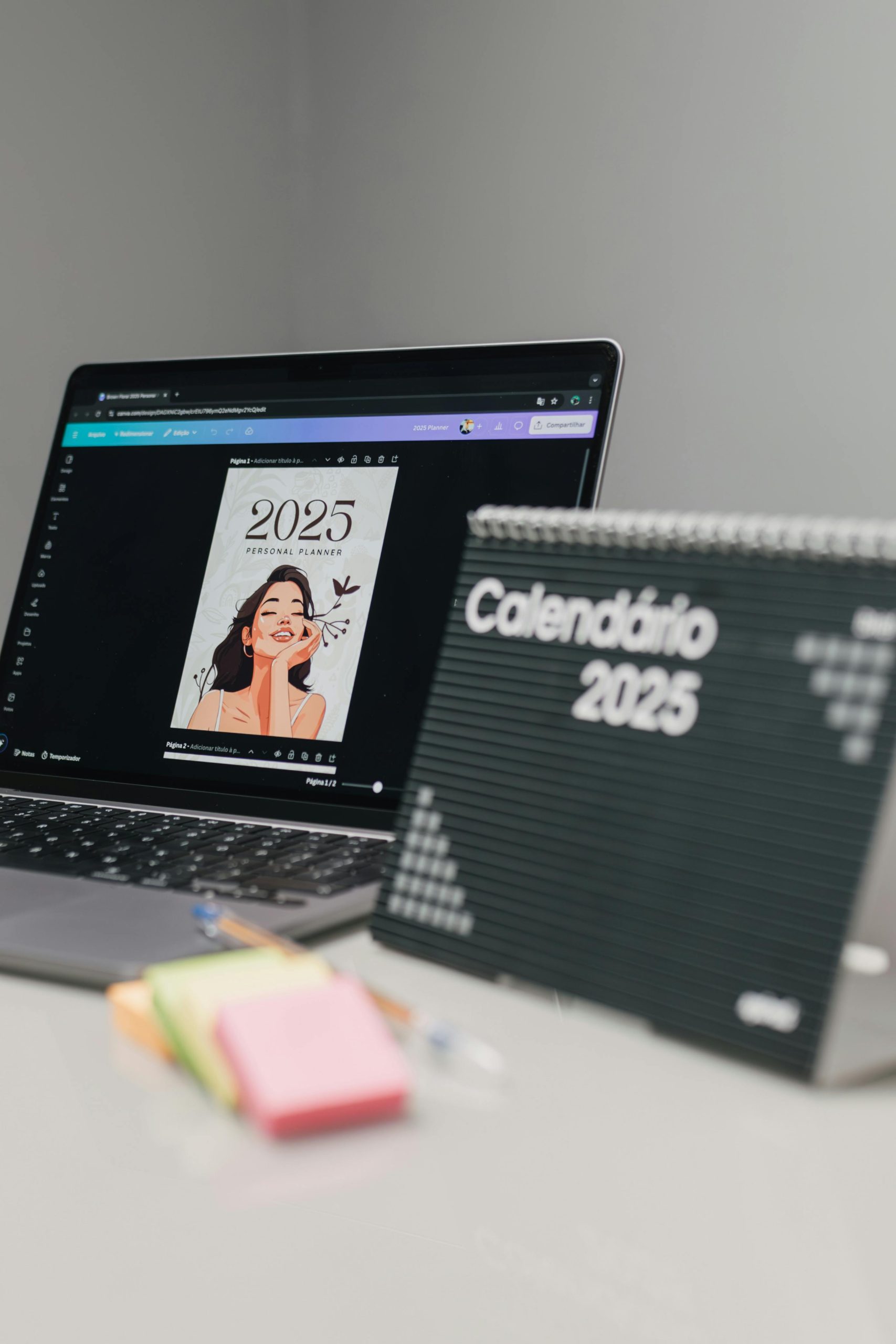The workplace is undergoing a transformation unlike anything we’ve seen before. Artificial intelligence (AI) is no longer a futuristic concept—it’s here, and it’s reshaping how we work in profound ways. By 2025, AI-driven automation and intelligent tools will redefine productivity, streamline workflows, and even alter job roles across industries. From automating repetitive tasks to enhancing decision-making with data-driven insights, AI is setting the stage for a more efficient and dynamic work environment. In this article, we’ll explore the key productivity trends driven by AI in 2025 and how businesses and employees can adapt to stay ahead.
The Rise of AI-Powered Automation
Automation has been a buzzword for years, but AI is taking it to the next level. By 2025, businesses will leverage AI to automate not just simple, repetitive tasks but also complex processes that once required human intervention. For example:
- Customer Service: AI chatbots and virtual assistants will handle up to 80% of routine inquiries, freeing human agents to focus on high-value interactions.
- Data Entry & Analysis: Machine learning algorithms will process vast datasets in seconds, reducing errors and improving accuracy.
- HR & Recruitment: AI tools will screen resumes, conduct initial interviews, and even predict candidate success based on historical data.
This shift will allow employees to focus on creative problem-solving, strategy, and innovation—areas where human intelligence still outperforms machines.
Enhanced Decision-Making with AI Insights
One of the most significant impacts of AI in the workplace is its ability to turn data into actionable insights. By 2025, businesses will increasingly rely on AI-powered analytics to make faster, more informed decisions. Key developments include:
- Predictive Analytics: AI will forecast market trends, customer behavior, and operational bottlenecks, helping companies stay proactive.
- Real-Time Reporting: Instead of waiting for monthly reports, managers will access up-to-the-minute dashboards powered by AI.
- Risk Management: AI will identify potential risks in supply chains, financial transactions, and cybersecurity, enabling preemptive action.
These advancements will reduce guesswork and empower leaders to make data-driven choices with confidence.
The Hybrid Workforce: Humans and AI Collaborating
Contrary to fears of AI replacing jobs, the future workplace will emphasize collaboration between humans and machines. By 2025, AI will act as a co-pilot, augmenting human capabilities rather than replacing them. Examples of this synergy include:
- AI-Assisted Creativity: Writers, designers, and marketers will use AI tools to generate ideas, refine content, and optimize campaigns.
- Smart Scheduling: AI will manage calendars, prioritize tasks, and even suggest optimal meeting times based on productivity patterns.
- Personalized Learning: Employees will receive AI-curated training programs tailored to their skill gaps and career goals.
This hybrid model will maximize efficiency while preserving the irreplaceable human touch in creativity and empathy.
Remote Work and AI-Driven Productivity Tools
The remote work revolution is here to stay, and AI is playing a pivotal role in making distributed teams more productive. By 2025, AI-powered tools will address common remote work challenges, such as:
- Virtual Collaboration: AI-enhanced platforms like Zoom and Slack will offer real-time transcription, sentiment analysis, and automated meeting summaries.
- Task Automation: Remote workers will delegate routine tasks to AI assistants, allowing them to focus on high-impact projects.
- Wellness Monitoring: AI will track employee well-being by analyzing work patterns and suggesting breaks to prevent burnout.
These innovations will ensure that remote teams remain connected, engaged, and productive, regardless of location.
Preparing for the AI-Driven Workplace
As AI becomes integral to the workplace, both businesses and employees must adapt to thrive. Key steps to prepare for 2025 include:
- Upskilling: Invest in training programs to help employees work alongside AI, focusing on skills like critical thinking and emotional intelligence.
- Ethical AI Use: Establish guidelines to ensure AI is used responsibly, avoiding biases and protecting privacy.
- Flexible Work Models: Embrace hybrid and remote work policies supported by AI tools to attract top talent.
By proactively adapting, organizations can harness AI’s full potential while fostering a future-ready workforce.
The workplace of 2025 will be smarter, faster, and more efficient, thanks to AI. From automation and data-driven decision-making to seamless human-AI collaboration, these trends are set to redefine productivity. While challenges remain, the opportunities are immense for those willing to embrace change. By staying informed and adaptable, businesses and employees can not only keep pace with these advancements but also thrive in the AI-powered era.
